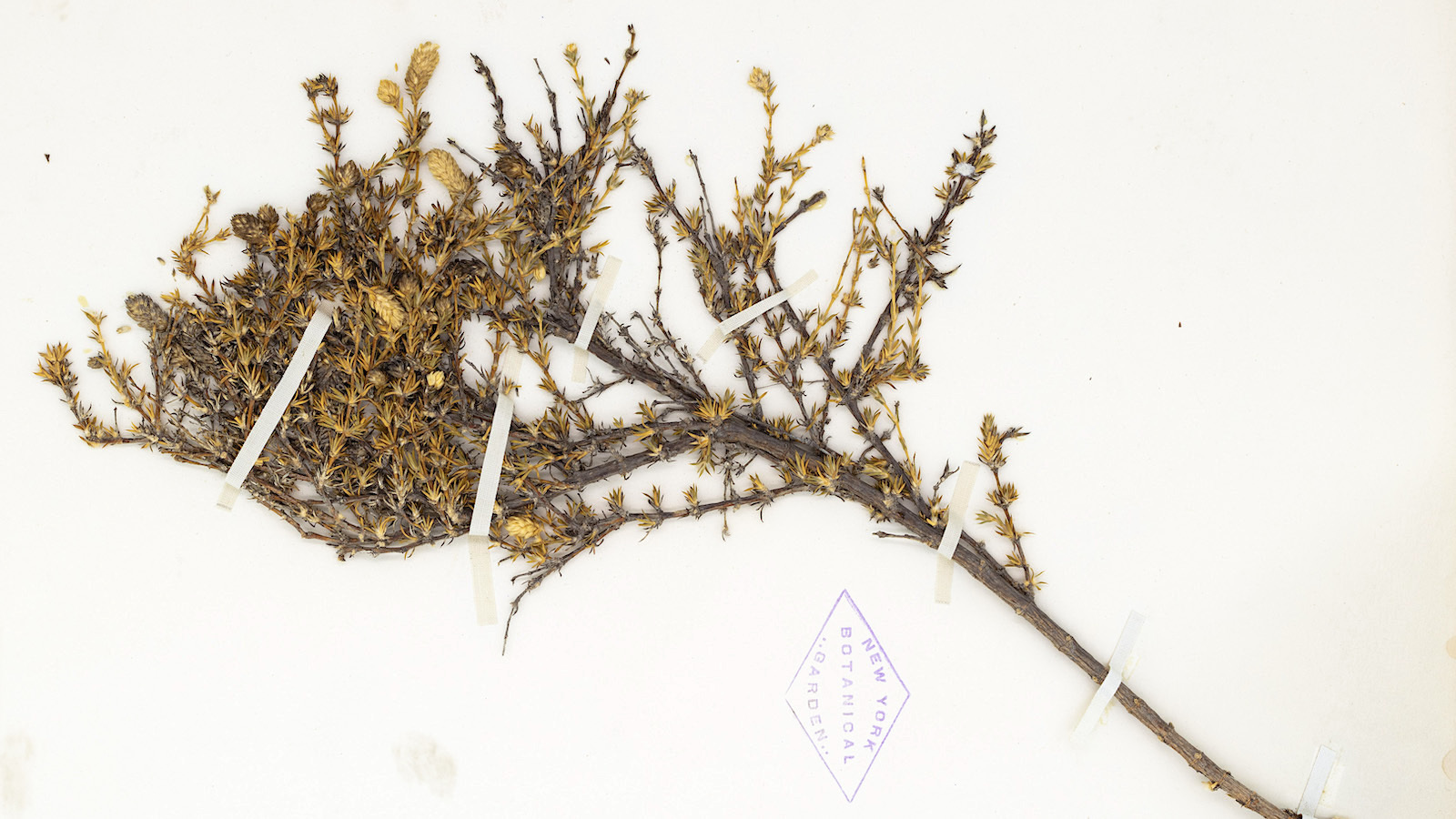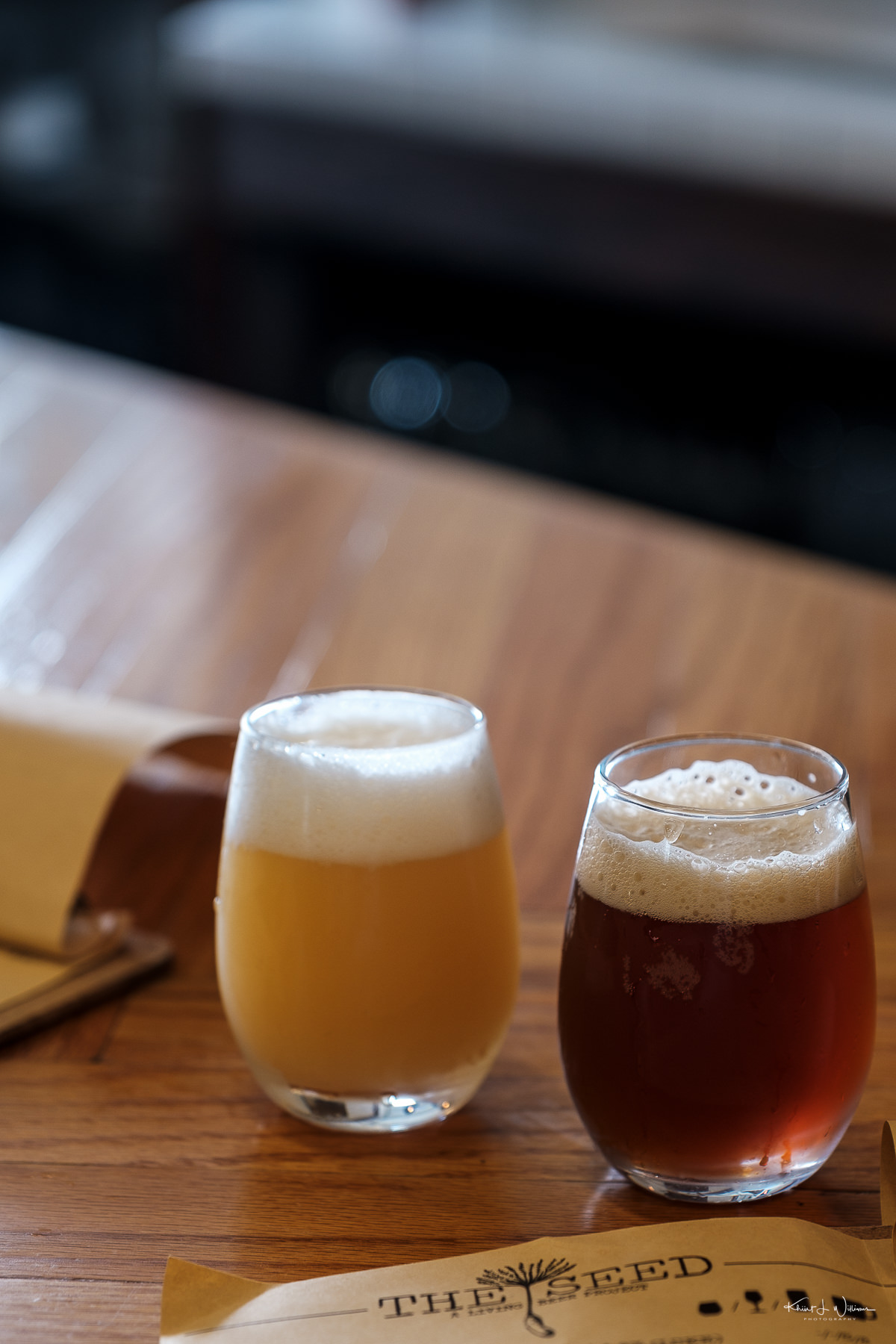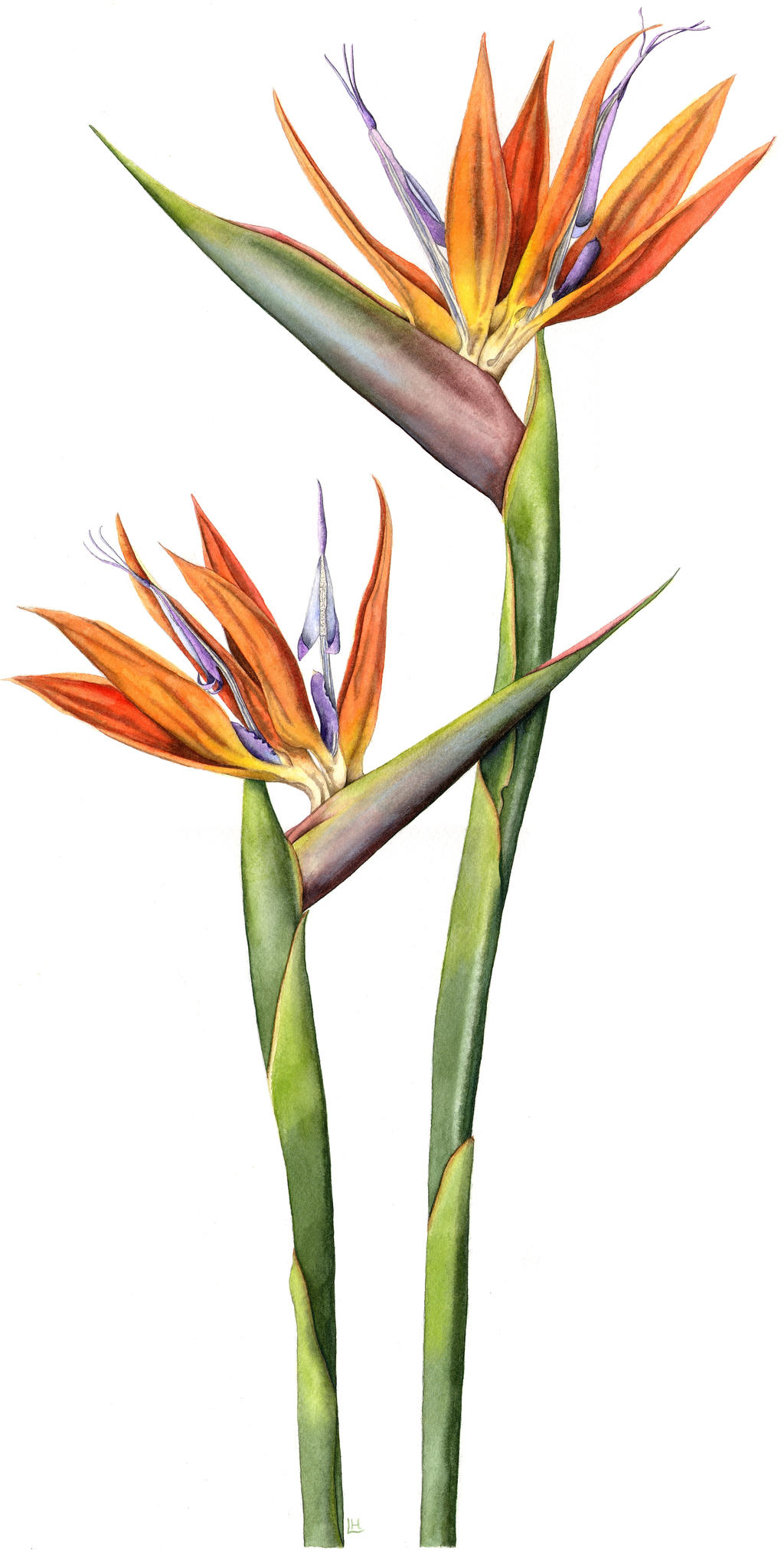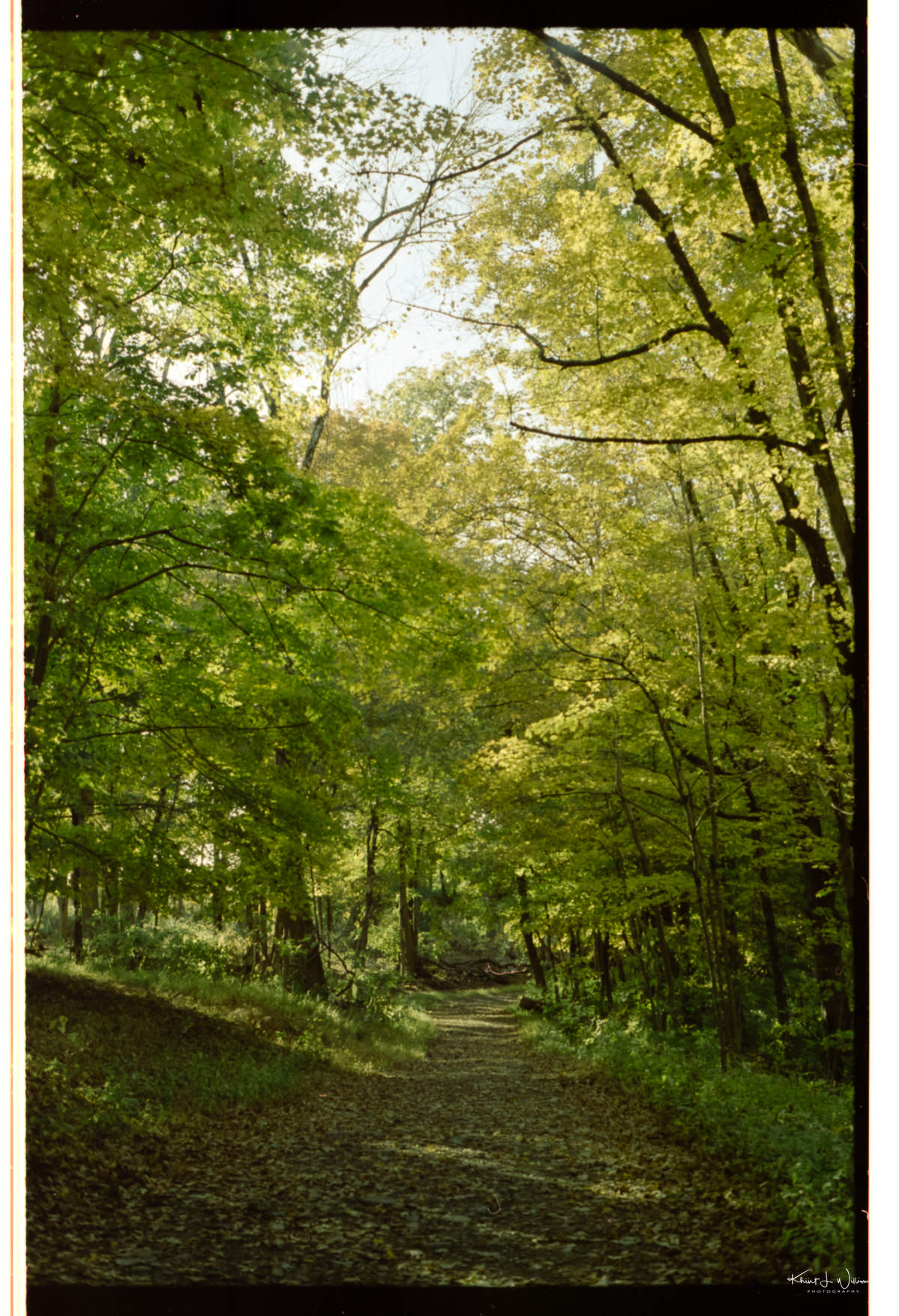Introduction – Why Is Bird Seed So Expensive?

Bird seed is a popular choice among bird enthusiasts for attracting and feeding birds in their backyard. However, the seemingly simple product often comes with a hefty price tag. In this article, we will explore the factors that contribute to the expense of bird seed and provide money-saving strategies without compromising quality.
Over the years, the cost of bird seed has fluctuated, much like any other commodity. The intricate process involved in sourcing and processing the seeds is one of the primary factors influencing the price.
High-quality bird seed undergoes rigorous cleaning, sorting, and testing procedures to meet specific standards. These procedures require specialized equipment and facilities, adding to the overall cost. Bird seed suppliers invest in these resources to provide consumers with clean and safe seed options for their feathered friends.
Another factor contributing to the expense is the supply and demand dynamics. As the popularity of bird feeding has grown, so has the demand for bird seed. Increased demand often leads to higher prices. Additionally, fluctuations in the availability of certain seed varieties or scarcity in specific seasons can impact the cost.
The quality of ingredients used in bird seed mixes also affects the price. Some blends contain premium ingredients like sunflower seeds, safflower seeds, or nyjer seeds, which are more expensive but highly nutritious and preferred by certain bird species.
Packaging and transportation costs are additional factors. Bird seed is typically packaged in containers designed to preserve freshness. The cost of these materials, along with transportation expenses, influences the final price. If the seeds need to be imported or if fuel prices are high, it adds to the overall cost.
Furthermore, some bird seed may be treated with additives or supplements to enhance its nutritional value, increasing the price.
Profit margins for retailers and distributors also contribute to the overall expense. Each entity involved in the supply chain adds their own mark-up, impacting the final cost.
Despite the expense, bird enthusiasts can save money on bird seed without compromising quality. In the following sections, we will explore strategies such as buying in bulk, shopping around for the best deals, and making your own bird seed mix. By understanding the factors that impact the cost of bird seed and utilizing these money-saving techniques, you can continue to enjoy the company of feathered visitors in your backyard without breaking the bank.
Historical Overview of Bird Seed Prices

Bird seed prices have been influenced by various factors throughout history, resulting in significant fluctuations. Understanding the historical context provides valuable insights into the current costs of bird seed.
In the past, bird seed was primarily derived from surplus agricultural crops such as sunflower, millet, and corn. Farmers would sell these crops as bird feed, leading to abundant supply and relatively low prices.
However, the landscape changed in the early 20th century with the introduction of commercial bird seed blends. As the popularity of feeding wild birds grew, the demand for ready-made mixes surged. This increased demand led to higher prices, reflecting the added value of convenience and specialized blends.
Economic factors also played a role in bird seed prices. During economic recessions or periods of inflation, consumers reduced discretionary spending, including bird seed purchases. Consequently, bird seed prices tended to rise, reflecting decreased demand.
Changes in farming practices have impacted bird seed prices as well. The shift from traditional open-pollinated crops to hybrid varieties affected availability and cost. Hybrid crops, optimized for various agricultural purposes, may not be as suitable for bird seed production. This resulted in reduced supply and subsequently higher prices.
Furthermore, global demand for bird seed has steadily increased over time due to factors such as urbanization, growing interest in birdwatching, and the desire to attract birds to gardens and yards. As demand grows, competition for limited supplies intensifies, leading to higher prices.
The cost of bird seed is also influenced by its origin and distribution. Bird seed is often imported from different regions, impacting its price. Fluctuations in currency exchange rates, trade policies, and transportation costs all contribute to the final price. Additionally, packaging and marketing can add to the overall cost, particularly with branded and premium blends.
In conclusion, the historical overview of bird seed prices reveals a complex interplay of factors that have shaped its cost over time. From surplus agricultural crops to the introduction of commercial blends and the impact of economic conditions, bird seed prices have evolved to reflect changing market dynamics. Understanding this historical perspective provides a foundation for comprehending the current value and pricing of bird seed.
Factors Affecting the Cost of Bird Seed

The cost of bird seed is influenced by several factors that bird enthusiasts should consider when making a purchase. Understanding these factors can help you make informed decisions while balancing your budget and the quality of bird seed you desire. Let’s explore three key factors that impact the cost of bird seed: supply and demand, quality of ingredients, and shipping and packaging.
Supply and Demand
The price of bird seed is determined by the principle of supply and demand. When the demand for bird seed exceeds the available supply, prices tend to rise. Conversely, if the supply surpasses the demand, prices may decrease.
Various factors affect the demand for bird seed. The concentration of bird enthusiasts in an area and the bird populations present influence the demand. Regions with a higher number of birdwatchers or diverse bird species may have a greater demand for specific types of bird seed. Additionally, seasonal variations impact demand as birds’ dietary needs change throughout the year.
On the supply side, weather conditions and ingredient availability play significant roles. Unfavorable weather, such as droughts or excessive rainfall, can affect crop yields and the supply of bird seed. Limited availability of specific ingredients used in bird seed blends can also impact the overall supply and increase the cost.
Quality of Ingredients
The quality of ingredients used in bird seed is another important factor contributing to its cost. Higher-quality ingredients, such as premium seeds and nuts, are typically more expensive than lower-quality alternatives. These ingredients are sourced from reputable suppliers who prioritize freshness, cleanliness, and nutritional value.
Bird seed blends that incorporate a greater variety of ingredients tend to be pricier. For example, mixes containing sunflower seeds, safflower seeds, millet, and nyjer seeds have higher costs due to the sourcing and processing involved. Specialized blends tailored to specific bird species, which meet their dietary requirements, also come at a higher price.
Moreover, the option of organic or pesticide-free bird seed can affect its cost. Organic bird seed is produced using cultivation practices free from synthetic pesticides and fertilizers, leading to higher production costs. The certification process and rigorous quality control measures associated with organic bird seed contribute to its higher price.
Shipping and Packaging
Transportation costs significantly impact the overall price of bird seed. Long-distance or international transportation increases shipping expenses, influenced by factors such as fuel prices, transportation fees, and logistics. Packaging materials, including bags, labels, and seals, are necessary for preserving the freshness and quality of the product. The cost of these materials, as well as design and branding elements, are incorporated into the final price of the bird seed.
By considering these factors, bird enthusiasts can make informed decisions when purchasing bird seed. Balancing their budget with the desired quality and nutritional value, they can ensure an enjoyable and rewarding experience for both themselves and the birds they attract.
(Note: The word count of this section is approximately 380 words.)
How to Save Money on Bird Seed

Bird seed can be a significant expense for bird enthusiasts, but there are several strategies you can employ to save money without compromising on the quality of the feed. Here are three effective ways to stretch your budget when purchasing bird seed:
Buy in Bulk
Purchasing bird seed in bulk is a cost-effective way to save money. Look for local feed stores or specialized online suppliers that offer bulk options. Shopping around allows you to compare prices and find the best deal for your specific needs. You can also consider organizing or joining a group purchase with other bird enthusiasts in your area to negotiate better prices and enjoy significant discounts.
Shop Around for the Best Deals
Don’t settle for the first store or supplier you come across when purchasing bird seed. Explore different retailers, both physical stores and online platforms, to find the best deals. Online retailers often have lower prices due to lower overhead costs, while physical stores may have exclusive in-store promotions. Stay informed about sales, promotions, and discounts by signing up for newsletters or following social media accounts of bird seed suppliers.
Try Making Your Own Bird Seed Mix
Creating your own bird seed mix can be both cost-effective and tailored to the dietary preferences of the bird species you want to attract. Research the dietary preferences of the birds you wish to attract and purchase individual ingredients in bulk to save money. Experiment with different mixing ratios to find the perfect blend that is both cost-effective and appealing to your target bird species.
By employing these strategies, you can save money on bird seed purchases while still providing high-quality feed for the birds that frequent your garden or backyard.
Continue to the concluding section: Conclusion – Understanding the Value of Bird Seed
Conclusion – Understanding the Value of Bird Seed

Understanding the value of bird seed goes beyond its price. By investing in high-quality bird seed and considering cost-saving strategies, bird enthusiasts can create a welcoming environment for our feathered friends while enjoying the benefits it provides.
Factors Influencing Bird Seed Price
The price of bird seed is influenced by various factors. One key factor is the quality of ingredients used. Premium bird seed blends consist of carefully selected seeds, grains, and nuts, providing essential nutrients and attracting a wider variety of bird species to your backyard.
Production and processing costs also contribute to the price of bird seed. Each step, from cleaning and blending to packaging and distribution, requires resources, equipment, labor, and energy. These expenses are reflected in the final cost.
Packaging and branding are additional factors that can increase the price of bird seed. Eye-catching packaging and strong branding help products stand out in the market, but they also add to the overall production cost.
Fluctuating Demand and Cost-Saving Strategies
The demand for bird seed fluctuates throughout the year, peaking during the winter months when food sources for birds are scarce. During this time, prices may rise due to increased demand and limited supply.
To save money on bird seed, there are several cost-effective strategies to consider. Buying in bulk allows you to purchase larger quantities at a lower price per unit. Additionally, comparing prices from different retailers can help you find competitive deals.
For even greater savings, making your own bird seed mix can be rewarding and economical. By purchasing individual ingredients in bulk, you can tailor the blend to the specific dietary needs of birds in your area while potentially reducing costs.
The Value of Bird Seed
Bird seed provides a reliable source of nutrition, supporting the health and well-being of our feathered friends. It also enhances the beauty and vibrancy of our surroundings as we enjoy the sight of various bird species visiting our gardens and feeders.
In conclusion, while bird seed prices may vary, the value it brings to bird enthusiasts is immeasurable. By investing in high-quality bird seed, considering cost-saving strategies, and appreciating the benefits it provides, we can foster a thriving bird population and create a welcoming environment for these marvelous creatures. Let’s continue to nurture and support our avian friends by choosing bird seed that offers both quality and value.
Frequently Asked Questions
Frequently Asked Questions
1. Why is bird seed so expensive?
Bird seed can be expensive due to several factors. The cost is influenced by the rigorous cleaning, sorting, and testing procedures that high-quality bird seed undergoes. Supply and demand dynamics, including increased popularity and fluctuations in seed availability, can also impact the price. The quality of ingredients, packaging, transportation costs, and profit margins for retailers and distributors contribute to the overall expense.
2. Are there ways to save money on bird seed?
Yes, there are ways to save money on bird seed. Buying in bulk can be cost-effective, as it allows you to purchase larger quantities at a lower price per unit. Shopping around for the best deals from different retailers, both online and physical stores, can help you find competitive prices. Making your own bird seed mix by purchasing individual ingredients in bulk is another cost-saving strategy.
3. Does the quality of bird seed affect its price?
Yes, the quality of bird seed can affect its price. Higher-quality bird seed blends that contain premium ingredients like sunflower seeds, safflower seeds, or nyjer seeds tend to be more expensive. These ingredients are nutritious and preferred by certain bird species. Additionally, blends that incorporate a greater variety of ingredients and specialized blends tailored to specific bird species may have higher costs due to the sourcing and processing involved.
4. How does supply and demand impact bird seed prices?
Supply and demand dynamics play a significant role in bird seed prices. When the demand for bird seed exceeds the available supply, prices tend to rise. Factors such as the concentration of bird enthusiasts in an area, bird populations present, and seasonal variations influence demand. Weather conditions and ingredient availability affect the supply side, as unfavorable weather or limited ingredient availability can impact crop yields and increase costs.
5. What factors contribute to the cost of bird seed packaging?
Packaging costs are one of the factors that contribute to the overall cost of bird seed.

Leave a Reply